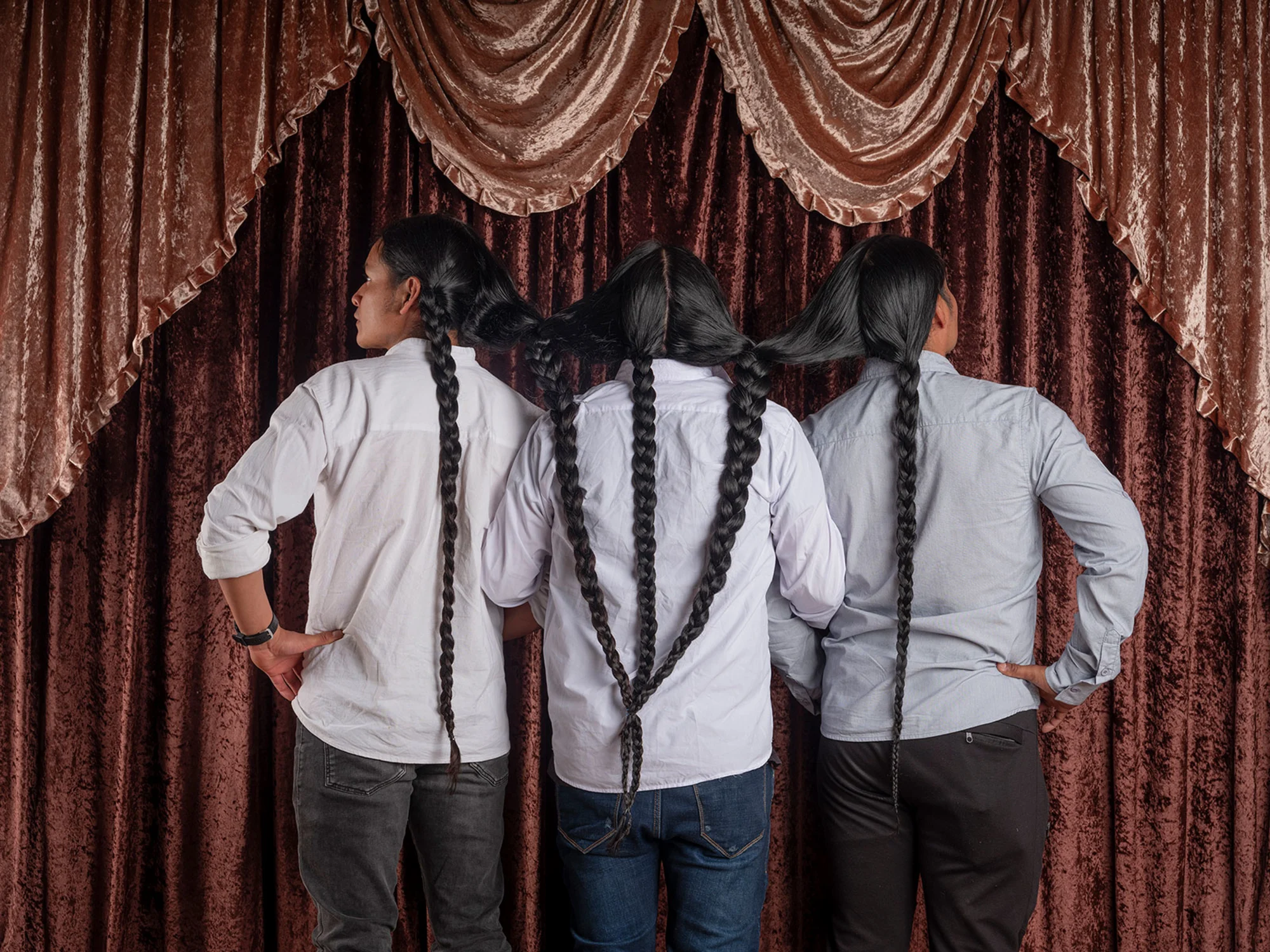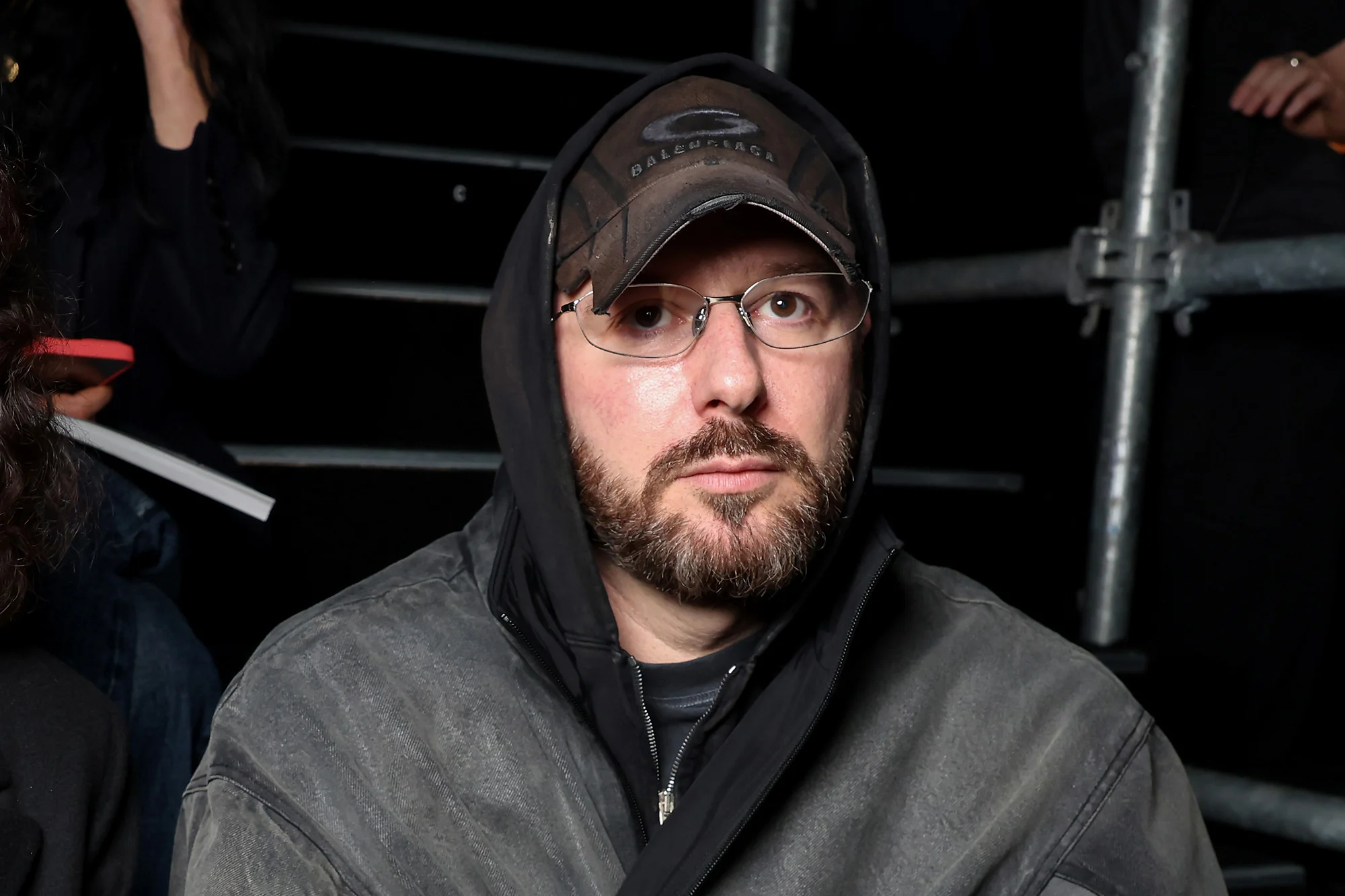
Zach Gilyard, a Brooklyn-based art director, received his first tattoo during his senior year of high school in 2006. At the time, he chose not to tell his parents, not because they would disapprove—his father and older siblings were all covered in tattoos—but because he thought he would never get one, much like his mother. On a whim, he decided to get a winged foot inked on his ankle to symbolize his passion for running, hiding it from his family for some time.
“It wasn’t really ‘me,’” Gilyard reflected in a phone interview. “But I liked the thrill of it. It was something permanent, something I couldn’t control.”
Years later, after several tattoos, Gilyard found himself regretting his decision to start a large, traditional black-ink sleeve, which began with a panther head on his shoulder. Although initially pleased, he soon found himself overwhelmed with regret. “I had it for about a month before I freaked out,” he recalled. “I couldn’t explain why, but I knew I didn’t want it, so I decided I was going to get rid of it.”
A 2023 Pew Research study showed that roughly one-quarter of people regret at least one tattoo. Thankfully, tattoo removal has become more accessible and effective in recent years, though it remains a costly and sometimes painful process. Celebrities like Angelina Jolie and Megan Fox have famously removed tattoos, with Pete Davidson recently embarking on a journey to remove around 200 tattoos, though many are still visible.
For Gilyard, removing his tattoos has been a lengthy and expensive process. Over the past five years, he’s spent thousands of dollars to gradually erase his tattoos, including the prominent panther head. “It’s almost gone now, just a faint impression on my skin,” he said, reflecting on the transformation.
How Tattoo Removal Works
Tattoo ink sits in the dermis, the second layer of skin, where it stays because the molecules are too large for the body to break down. Laser removal works by emitting fast pulses of energy to break the ink into smaller particles, which the body then processes through the lymphatic system. Laser technician Tim Goergen, who has worked with Gilyard, explained that the effectiveness of removal can vary depending on factors like ink color, age of the tattoo, and the individual’s skin type.
While some tattoos are easier to remove—especially those with black ink and finer lines—the process can be painful, with each session costing anywhere from $100 to $450. However, results vary widely from person to person.
Personal Reasons for Removing Tattoos
The reasons people opt for tattoo removal are deeply personal. Sasha Goldbas-Nazarian, from Los Angeles, began laser removal treatments after meeting her now-husband, who comes from a conservative Iranian family. Tattoos, particularly in Jewish culture, have long been viewed as taboo, and when Goldbas-Nazarian first met him, he was surprised by her tattoos. “He said he’d never met a Jewish person with tattoos,” she recalled with a laugh.
Eventually, her husband offered to pay for the removal of some of her more visible tattoos, including a poorly done star on her ankle and a horseshoe and star on her back. These tattoos, she explained, were “younger decisions,” ones she made during high school and college. She didn’t anticipate the lengthy and painful removal process, which is far more excruciating than getting tattooed in the first place. “The sessions are short but intense,” she said, describing the unpleasant smell of burning skin during treatments.
Cosmetic Tattooing and Removal Challenges
While tattooing is often associated with large artwork, cosmetic tattoos have also gained popularity, particularly for enhancing facial features like eyebrows and beauty marks. However, these tattoos can present challenges, as UK resident Z discovered after opting for tiny freckle tattoos on her face. After a serious illness caused her to lose her natural freckles, Z sought out a cosmetic tattoo artist to restore them. Unfortunately, the result was far from what she had hoped. “They just didn’t look natural,” she said, explaining that the freckles seemed drawn on rather than organically placed.
Cosmetic tattoo ink is designed to fade over time, but in Z’s case, it didn’t fade as expected. She also experienced discoloration, as the ink began to turn pink and orange. Z’s darker skin tone made the tattoo removal process more difficult, as people with more melanated skin are more susceptible to hypopigmentation, or the loss of skin pigment. Jordan Butler, a tattoo removal expert, noted that removing tattoos from darker skin requires a skilled technician to avoid complications. He stressed the importance of patch-testing to ensure a safe and effective outcome.
A Desire for a Fresh Start
For Jayne Foo, a financial consultant from Singapore, tattoo removal represents a desire to start fresh. Foo is currently undergoing the removal of around 70% of her tattoos, including a full sleeve and several large pieces on her chest and stomach. She’s documenting the entire process on Instagram, sharing everything from the painful aftermath to the blistering and itching that follow each session.
“I got tattoos when I was young and didn’t have the money for quality work,” Foo explained. “Now, I want to reclaim my skin. I want a fresh start.” Her posts aim to show the reality of tattoo removal, which is often glamorized on social media. Foo’s followers can witness the entire process—wounds, blisters, and all.
Unlike Foo, Gilyard has kept his tattoo removal process more private, only revealing his faded tattoos to his parents after they noticed the changes. “My dad asked me why my tattoos looked like those of an old man,” Gilyard joked. “My mom just wanted to know how much it cost and whether the tattoos themselves were worth the money. But I think she’s happy they’re going away.”
Whether it’s for personal growth, cultural reasons, or simply a desire to erase past decisions, more people are opting to remove their tattoos, revealing a growing trend of reclaiming their bodies and skin.









